
The Crown: is it the truth or is it fiction?
‘The Crown’ is one of the most recent TV adaptations of the lives o British Royal Family. Due to its attention to details in following actual historical events, ‘The Crown’ has raised questions about the accuracy and validity of its storyline. The amount of attention the television series had garnered caused viewers to believe that everything portrayed in the episodes was historically accurate. This article discusses the different narrative aspects of ‘The Crown’ as a television series and how these features have successfully blurred the line between what can be considered truth and fiction.
Netflix’s very own monarchs
‘The Crown’ is a 4-season historical television series written by Peter Morgan for Netflix (BBC, 2014). It is based on Queen Elizabeth II’s life and covers important time periods for the British Royal Family. The television series ran for 4 seasons from 2016 until 2020, with the fifth season expected to be released in the future. Not only does the television series portray the Family’s daily activities and historical timeline, but it also includes major historical turning points for the United Kingdom.
Starting with the (then) Princess Elizabeth’s marriage to Prince Philip, the television series progresses to recount Queen Elizabeth’s ascension to the throne, Princess Margaret’s relationship issues up until Prince Charles’ marriage to Lady Diana Spencer. The first 2 seasons were played by a different set of actors from the last 2 seasons, as the characters were played by younger actors to show the Family’s earlier stages of life.
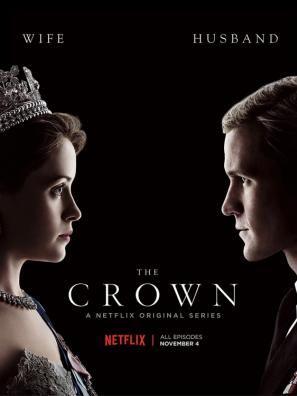
Figure 1: Poster of ‘The Crown’ Season 1.
Although there has never been an official public mention of the Queen having ever watched ‘The Crown’, The Sunday Express (2020) reported that according to a senior Royal source, the Queen’s youngest son Prince Edward and his wife organise viewing weekends for the family to watch the television series. Olivia Colman, actress of Queen Elizabeth in seasons 3 and 4 expressed that Prince William had told her that he had not watched the television series (Sewell, 2020).
On the contrary, in James Corden’s interview with Prince Harry, he expressed how ‘The Crown’ does not “pretend to be news” and that it is “fictional but it is loosely based on the truth” (The Late Late Show with James Corden, 2021). Following this statement from a member of the Royal Family, ‘The Crown’ raises questions about how much of its content can be regarded as fiction and how its viewers can distinguish between which information is fictional and which is based on reality ‘as it was’.
But then what is fiction?
According to Cohn (1999), there are various definitions of ‘fiction’, but they all have one commonality: fiction is something invented. She further suggests that fiction has the property of being non-referential, meaning that a work of fiction can refer to the real world outside of the text but is not required to do so.
Fiction as a non-referential narrative can be related to two identifying characteristics. Firstly, the references to the real world are not obliged to be accurate and secondly, the work of fiction does not exclusively relate to the real world. Upon being included in fictional texts, references to the real world are fictionalised and “contaminated from within” (Cohn, 1999) the fictional text.
According to Cohn, the narratives that can be debated in light of whether they represent the truth or not are historical works, biographies, journalistic accounts and autobiographies. That is because these forms of narratives tend to have blurry distinctions between truth and fiction since they try to include and represent historical events that happened in the past. Consumers of fiction should, ideally, be able to recognise that it is only an ‘as if’ representation of the real world.
In the case of ‘The Crown’, its similarity to a biography allows for the television series to be judged for the accuracy of its content. In fact, if the television series includes too much fictional content, it places the Royal Family as mere characters of the television series, meaning that the television series is not valid to be cited when talking about the Royal Family’s history. Even though the television series is roughly based on the United Kingdom’s real history and Royal Family, smaller details such as what the characters say, what they do and the design of the set may not be 100% accurate. Therefore, using Cohn’s idea of fiction as being non-referential, ‘The Crown’ does not solely refer to the real world and thus is not obliged to portray full accuracy in its details, hence, this makes ‘The Crown’ a work of fiction.
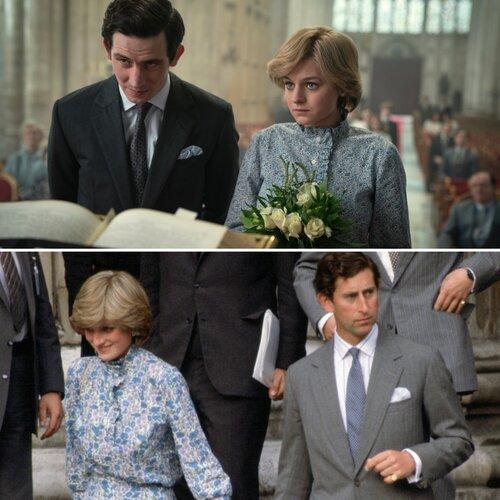
Figure 2: Comparison between Prince Charles’ and Princess Diana’s wedding rehearsal in ‘The Crown’ (above) vs in real-life (bottom)
In Figure 2 above we can see the re-enacted wedding rehearsal scene in ‘The Crown’. Although what the actors were wearing seem closely similar to what Prince Charles and Princess Diana were actually wearing, we can clearly see the differences between the design and colour of outfits. It is useful for actors to use outfits as similar as possible to the actual outfits to help viewers of the television series recognise the event being referred to and feel some sort of familiarity with both the event and characters.
Of course, it is beneficial for the television series to have highly similar sets or outfits, but the television series is not obliged to refer to the real world for various reasons. Some outfits may have been specifically made for the Royal Family, making it a one-of-a-kind item. It is also prohibited to film in the Family’s private premises, such as the Queen’s bedroom, so designers of ‘The Crown’ have to design their own sets. In the details of the television series, there are suggestions of reality: most likely from photographs, past events, reportages and outfits.
So what do we categorise ‘The Crown’ as?
One of the ways we can refer to ‘The Crown’ is by calling it a ‘docudrama’. Docudramas are produced in the form of motion pictures (films, TV shows, etc) that intentionally contain both documentary and fictional content, functioning as either dramatisation or re-enactment of historical events (Rhodes & Springer, 2006). This means that docudramas blur the boundary between their fictional and documentary (factual) content, making it harder to have a clear distinction between fictional and non-fictional facts in film and media.
The attempt of docudramas to recreate factual events involves the use of cinematic methods. Its narrative is arranged in particular manners with “visual compositions that facilitate audience identification with the “characters”” (Rhodes & Springer, 2006). Thus docudramas are differentiated from documentaries: documentaries aim to show the real world objectively while docudramas do not. Docudramas use techniques and aesthetics of narrative fiction to represent their narrative and “the careers of significant national/international figures” (Lipkin, Paget, Roscoe, 2006).
There are various ways in which docudramas try to connect the factual events to the re-enactments described by Rhodes & Springer (2006). One way is by constructing resemblances of actors’ appearances, settings and event timeline to make the re-enactment feel more true and real. ‘The Crown’ tries to imitate the Royal Family with its choice of actors (see Figure 3 below), their accents, body language and mannerisms. The television series has its own dialect coach, with whom the actors learnt to imitate the Royal Family’s accents. For example, Claire Foy, who played Queen Elizabeth in the first two seasons, practised shortening her ‘thank you’s' to be ‘thenk yu’s' (Laneri, 2017), adhering to the Queen's idiolect, that is how she pronounces her words.
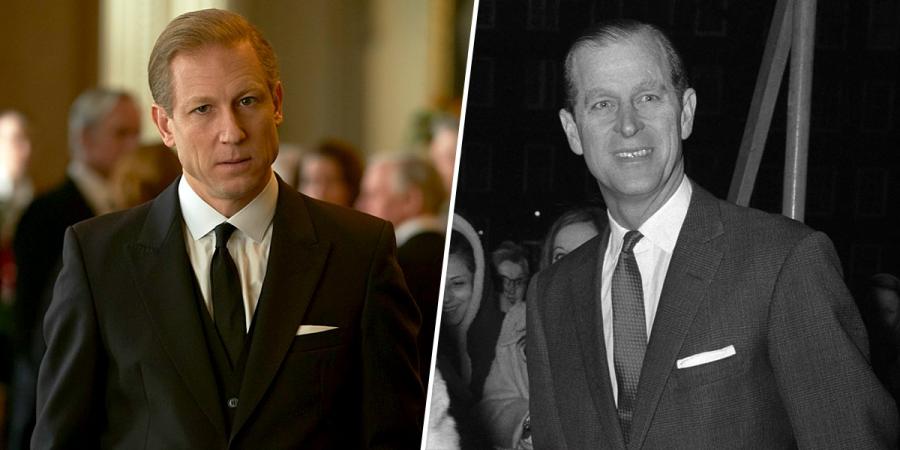
Figure 3: Comparison of actor playing Prince Philip vs a picture of Prince Philip
Another way of re-enacting the real events is by the interaction between actual and re-created elements, such as filming at the actual location where the event originally took place. In the case of ‘The Crown’, most filming locations were indeed different from where the event actually took place, but on sites similar-looking to the real locations. Scenes of Buckingham Palace were filmed in different locations- Lancaster House and the Greenwich Naval College- instead of Buckingham Palace.
But the television series has also integrated original filming locations. See Prince Charles’ investiture scene of season 3 episode 6 in Figure 4 below. It was filmed in Caernarfon Castle in Wales- the actual place of the coronation (Roberts & Mackelden, 2020). This adds another layer of authenticity to the television series as it is invested in showing viewers facts and scenes as close to the truth as possible.
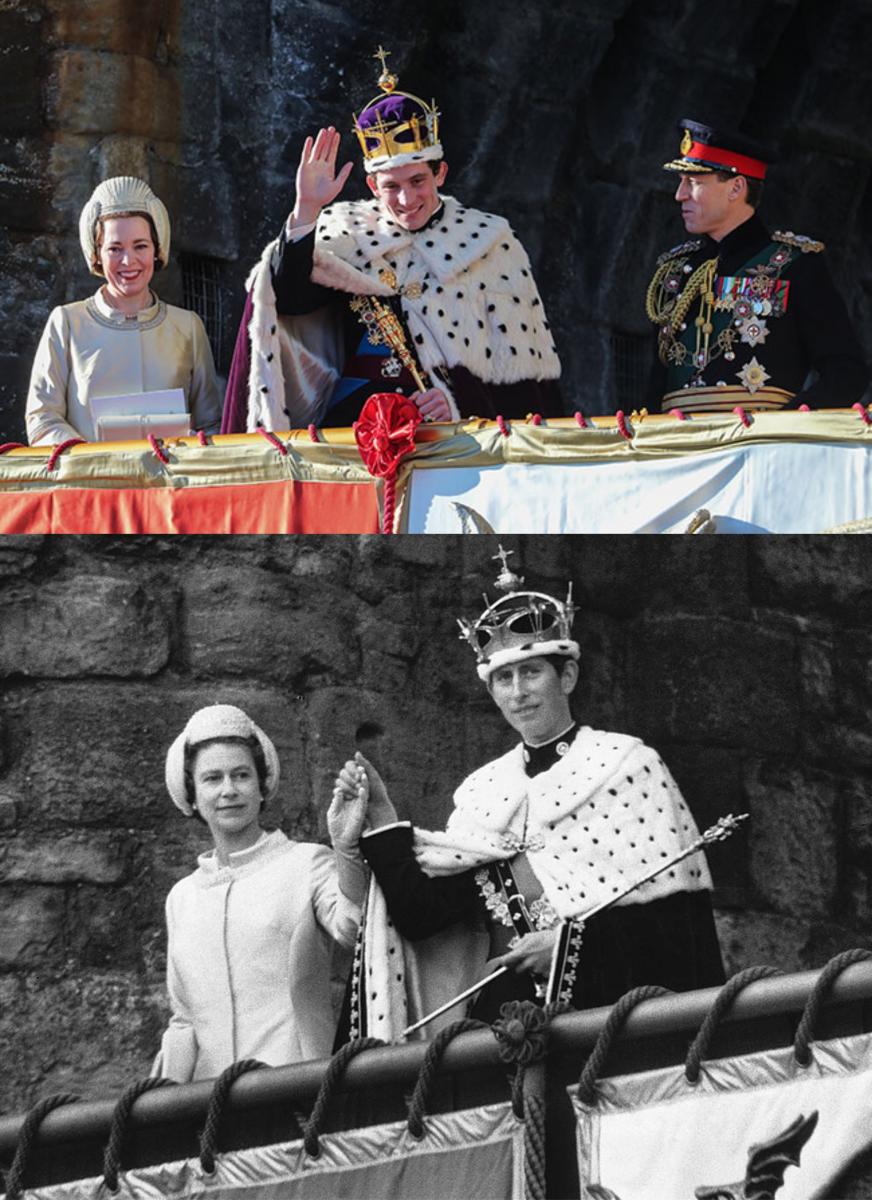
Figure 4: Comparison of Prince Charles’ investiture scene in The Crown (top) vs the actual event (bottom)
One element mentioned by Rhodes and Springer (2006) that was not included in ‘The Crown’ is alternating between using re-created and actual footage. In scenes where the characters of the show are watching television, such as the Duke of Windsor watching Queen Elizabeth’s coronation, footage in the television seems to highly resemble actual footage that aired in real life. There is no explanation from the writers of ‘The Crown’ about whether the television footage was real-life footage or a re-enactment.
Instead of actual footage, the television series included accurate re-enactments of speeches script-wise. An example is shown in the comparison video below. This example of an authentic dialogue again portrays the television series’ attempt at authenticity and verisimilitude. Verisimilitude can be defined as “the quality of resembling reality” (Literary Terms, n.d.). Something can be regarded to have verisimilitude when they resemble reality. The usage of verisimilitude is important as it helps the television series bring its viewers further into the world of ‘The Crown’ and eventually affect viewers to have an emotional attachment to the television series.
Video 1: Comparison video of the Queen’s Christmas speech in ‘The Crown’ and actual broadcast (Credit: Luh573 on YouTube)
Filmmakers use the elements mentioned in this section- and sometimes even more- to minimise the differences between truth and fiction. With casts that resemble the original characters and speak or act similarly, viewers are invited to imagine the actors to be the real members of the Royal Family and make them think that whatever the actors are doing or saying are true. Similarly, using actual footage or filming in the actual location where the event occurred provides viewers with a sense of originality and authenticity of the television series, given that historical events cannot be duplicated. But this is not always possible in the sense that some filming locations are not for public use, such as Buckingham Palace.
‘The Crown’ had portrayed another feature of docudramas: it illustrates events or issues to its viewers to initiate discourses about them (Lipkin, Paget, Roscoe, 2006). By being as similar as possible to the actual events and characters, motion pictures such as ‘The Crown’ makes it arguably harder for viewers to figure out where the narrative strays away from the actual truth. This results in viewers wanting to follow the television series’ storyline, know more about the actual events and motivates them to do their research.‘The Crown’ also motivates discourses about history and lets viewers be reminded of them.
Untangling The Crown’s narrative
Other than being a docudrama, ‘The Crown’ can also be considered as a mix of ‘serial’ and ‘series’. In a serial, the storyline does not conclude after each episode but continues throughout the season. On the contrary, storylines in a series conclude at the end of each episode (Nannicelli, 2009). ‘The Crown’ is composed of both properties of ‘serial’ and ‘series’, where some storylines conclude at the end of an episode but others conclude at the end of a season. This mixture of ‘The Crown’ being both ‘serial’ and ‘series’ results in what is called narrative complexity.
Narrative complexity consists of a balance between ‘serial’ and ‘series’. It rejects the idea of having to conclude a narrative within one episode and by making the narrative more complex. ‘The Crown’ becomes an example of a show provoking its viewers to be engaged in the television series. Narrative complexity also requires viewers to pay attention to the storyline by using different strategies.
As previously mentioned, ‘The Crown’ currently has 4 seasons, with the fifth season forthcoming. This long narrative allows the television series’ writers to focus on smaller details of the whole narrative, such as Prince Philip’s struggle to adapt to the Royal ways of living in season 1 and Princess Diana’s battle with bulimia in season 4. By inserting details that mirror “everydayness” in their plot that other motion pictures leave out, ‘The Crown’ is able to assure people of the depth of knowledge the writers have about the Royal Family and that the story they produce in these episodes is closest to the truth because of the amount of detail included.
The second strategy is multi-threading of their narrative. This means that there are “multiple layering of narrative threads within and across episodes and series” (Nannicelli, 2009). Each season in ‘The Crown’ is made of multiple plots intertwined together, allowing writers to focus on different historical events realistically, “without giving viewers the sense that the major storyline has been interrupted” (Nannicelli, 2009). Multi-threading also seems more authentic because realistically, there is always more than one issue to be solved.
As a result of the layering of narratives, viewers are expected to stay attentive while watching and actively engage in the plot. Sometimes it is required for viewers to make their own interpretations and connections between the plots, especially regarding why a character is acting a certain way, which affects the outcome of one narrative. Without staying engaged, viewers will fail to fully understand the storyline and eventually lose interest in the television series.
One other reason why viewers have to be attentive to the storyline is because of the many characters coming and going in each season. The character of Tommy Lascelles initially appeared in nine of the ten episodes of the first season but had only appeared in one episode of season 3 (The Crown Wiki, n.d.). Other characters, such as the Prime Ministers, also come and go, and without paying attention to the storyline, viewers will fail to recognize these characters.
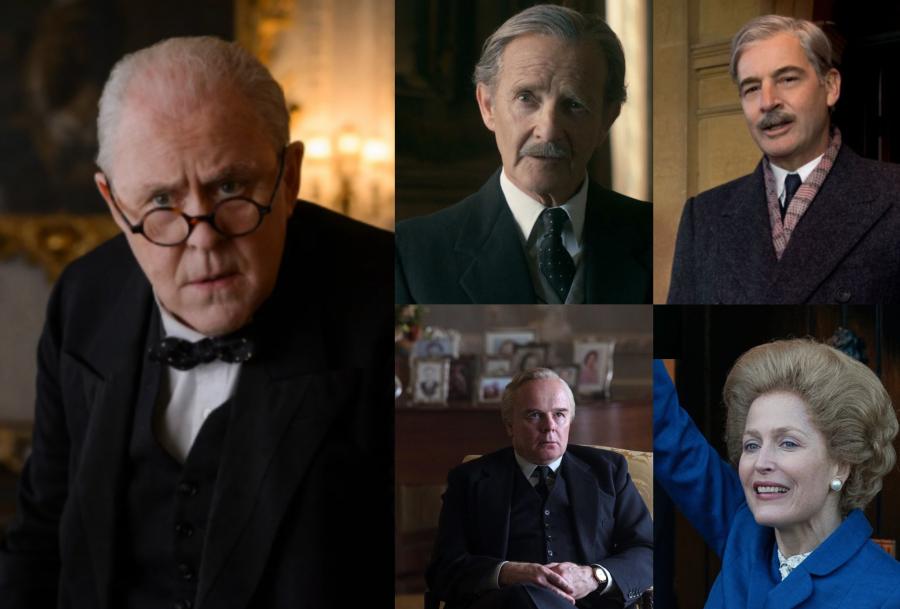
Figure 5: Some of the actors playing the British Prime Minister
Moreover, ‘The Crown’ does not utilise recapping devices (“previously on…”) as a way to further engage its viewers. As storylines get picked up and resume in different episodes, viewers have to be active to remember and connect the storylines themselves.
‘The Crown’ is fiction
Sometimes it becomes rather challenging for people to distinguish between facts that are true and facts that are fiction when facts begin to resemble what they think is true (Viner, 2016). The fastest way for ‘The Crown’ viewers to factcheck whether something shownon the television series is made up or not is through the Internet.
In this article, we have discussed how ‘The Crown’ had challenged the notion of ‘truth’ to fulfil its role as a work of ‘fiction’. We have also seen the different strategies used by docudramas like ‘The Crown' that enables it to blur the boundary between truth and fiction and the different features of narrative complexity that keep its viewers engaged.
We can conclude that ‘The Crown’ falls under the category of both docudramas and a mixture of series and serial. Through narrative complexity, ‘The Crown’ has allowed viewers to know more about the British Royal family. Although authenticity bleeds through one’s screen as they watch ‘The Crown’, in the end, it is a hybrid work of fiction.
References
BBC. (2014, May 23). Netflix plans original UK drama about the Queen. BBC.
Cohn, D. (1999). The distinction of fiction. Baltimore: Johns Hopkins University Press.
Laneri, R. (2017, December 17). How Claire Foy perfected the Queen’s English for ‘The Crown’. New York Post.
Lipkin, S. N., Paget, D., Roscoe, J. (2006). Docudrama and mock-documentary: defining terms, proposing canons. In Rhodes, G. D., & Springer, J. S. Docufictions: essays on the intersection of documentary and fictional filmmaking (pp. 11-26). McFarland & Co.
Literary Terms. (n.d.). Verisimilitude. Literary Terms.
Nannicelli, T. (2009). It's all connected: televisual narrative complexity. In Potter, T. & Marshall, C. W. (Eds.). The Wire: urban decay and American television (pp 190-202). Continuum.
Rhodes, G. D., & Springer, J. S. (2006).Introduction. In Rhodes, G. D., & Springer, J. S., Docufictions: Essays on the intersection of documentary and fictional filmmaking (pp. 1-9). Jefferson, N.C: McFarland & Co.
Roberts, K., & Mackelden, A. (2020, October 4). 60 Things You Didn't Know About The Crown. Harper’s Bazaar.
Sewell, K. (2020, November 18). Does the Queen watch The Crown? Sunday Express.
The Crown Wiki. (n.d.). Tommy Lascelles. The Crown Wiki.
The Late Late Show with James Corden. (2021, February 26). An afternoon with Prince Harry & James Corden [Video]. Youtube.
Viner, K. (2016, July 12). How technology disrupted the truth. The Guardian.